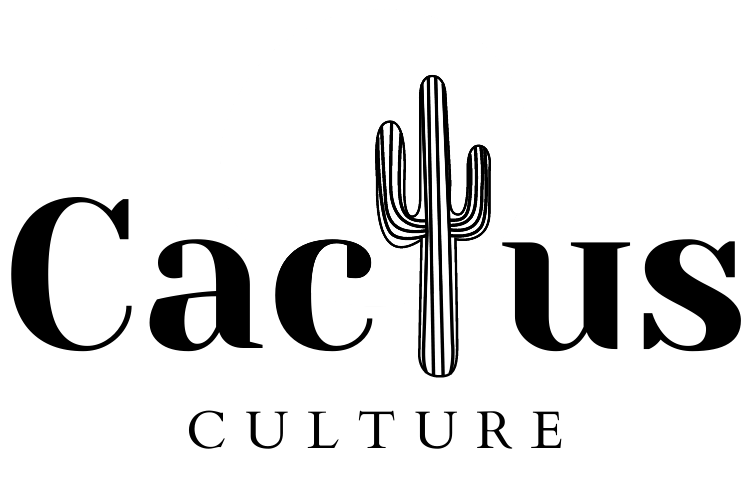Trichocereus or Echinopsis?
There is a lot of confusion and debate around the correct genus for several species of cactus that we sell. Those are:
In these examples, they are all the same plant, and can be considered synonyms for the same species, but why are there two names?
Brief History of the Echinopsis Genus
The genus Echinopsis has been in use since its first description in 1837 by Joseph Gerhard Zuccharini, but the word was proposed by Karl Linney all the way back in 1737. The word derives from the Latin “echinos” meaning hedgehog or sea urchin, and “opsis” meaning appearance, a reference to these plants dense coverings of spines. Initially, it was used to classify relatively small cacti that fit this description and didn’t really include columnar cacti at all. Most columnar cactus at this point in time belonged to the genus Cereus, derived from the Latin word for wax-light or candle.
Brief History of the Trichocereus Genus
The genus Trichocereus has only been in use since its first description in 1909 by Vincenzo Riccobono, with the genus first being proposed by Alwin Berger in 1905 as a subgenus of the Cereus genus. The word is derived from the Greek “Thrix” (Trich) meaning hair or hairy and the aforementioned Cereus ie. Hairy Candle.
The Merger
In 1974 a botanist named H.Friedrich concluded that Trichocereus and Echinopsis flowers were of the same type. His argument was that the ovary and floral tube lacked spines but possessed hairs, had an open or diffused-type of nectary and two series of stamens. Due to Friedrich’s conclusions, and on account of the fact that Echinopsis was the older genus, all species in the Trichocereus genus were reclassified into Echinopsis.
A Contested Genus
In the years that followed there have been several criticisms of this taxonomy change. Supporters of the Trichocereus classification argue that columnar cactus should not be lumped into the same genus as the small, clumping species that Echinopsis is typically known for. There are concerns that by having a genus so large it loses the very purpose of taxonomy in the first place, in that it does not clearly communicate commonalities in the species that belong to it.
Several groups of molecular biology researchers continue to this day to explore the differences between these species to try and present a scientific justification for reclassifying the columnar varieties back into Trichocereus or another distinct genus.
The reclassification also caused some naming clashes. Prior to the merge Echinopsis bridgesii and Trichocereus bridgesii were both classified as distinct species. So when Trichocereus bridgesii had to be reclassified it had to take on an entirely new name, which is why it is now called Echinopsis lageniformis.
So what’s right?
(But if you really want to know what we think, we encourage everyone to give their cacti friends their own unique names, like Robert here.)
Scientifically speaking, the correct name for the genus is Echinopsis. Or more specifically, the current consensus amongst influential botanists is that the correct genus is Echinopsis but this may very well change in the coming years. Some die-hard cactus lovers are quite passionate about the topic and will insist on one usage, other people don’t mind. You can generally use either and convey that you are speaking about the same plant species, except for in the case of Bridgesii as previously mentioned.
Here at Cactus Culture Australia, we will alternate usage depending on the context. If we are talking about a plant that is mostly known to Trichocereus collectors we may use that term, such as Trichocereus taquimbalensis. But if we are talking from a botanical perspective we may use Echinopsis.

